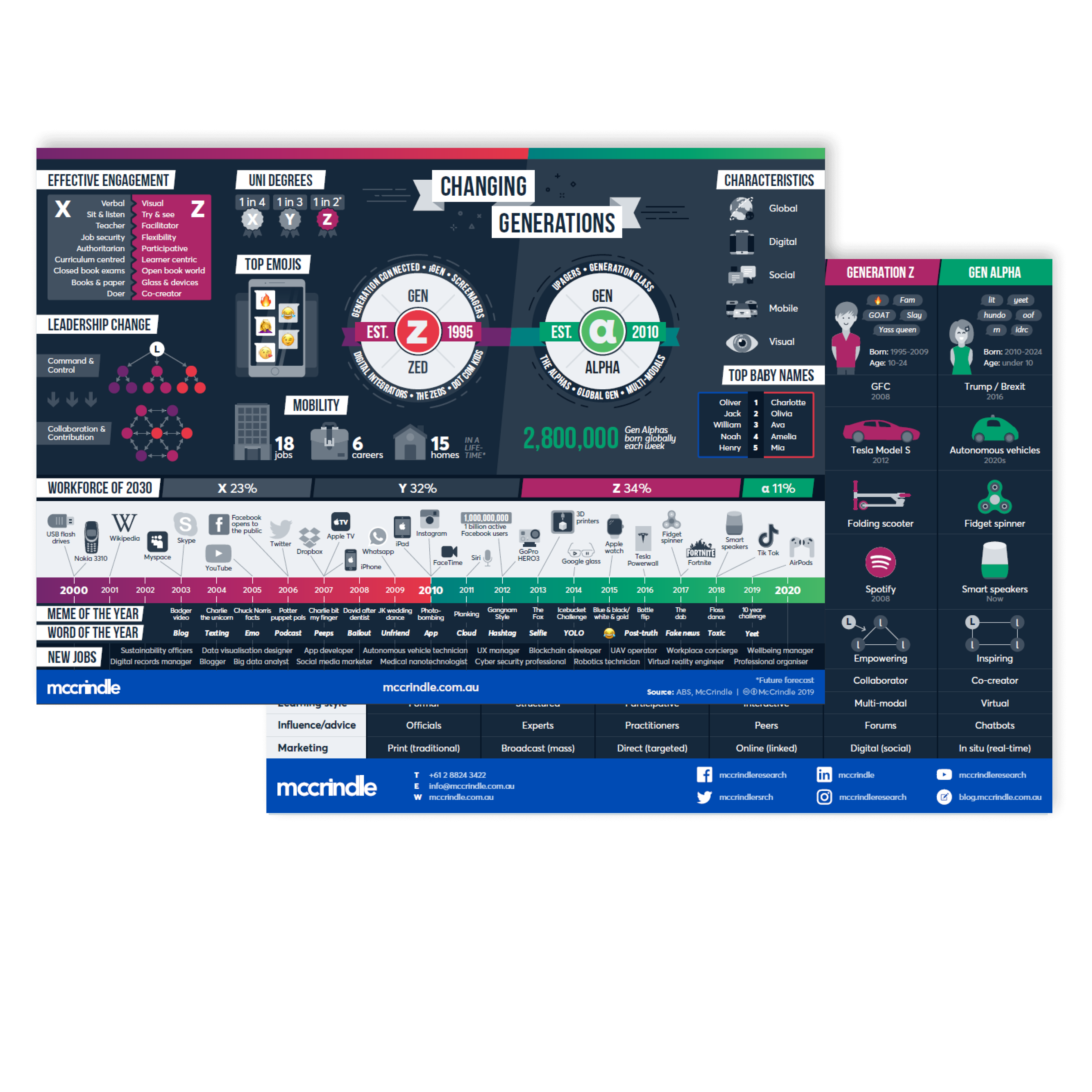Australia’s Changing Household Landscape

For the first time in Australia’s history, the nuclear family will no longer be the most common household – while today they make up 33% of all households, within just a year the couple only household will be the most common type of household.
Multi-generational households
With the decline of the nuclear household structure, we are often seeing three generations living under one roof: Baby boomers are being sandwiched by taking care of their own parents (the builders), while still having their Gen Y children living with them and studying.
Boomerang kids
This type of arrangement is a significant financial advantage for Gen Y KIPPERS (Kids In Parents’ Pockets Eroding Retirement Savings) who may be saving $15,000 per year on rent alone by living with their parents. For mum and dad, however, retirement plans are delayed and retirement savings significantly decrease. Baby Boomer parents, while enjoying the social interactions available in a multigenerational household, can often feel the pressure and may feel like their hard work is being taken for granted.
Household situations can also get financially tight when couples split – in Australia, the average age of a couple separating is 38, with an average of 2 children involved in the separation. Oftentimes in this situation couples stay together because it is simply not financially viable to move out.
Record births, older parents, increase in family size
Australian families are changing dramatically, with record birth rates taking place – over 300,000 babies are being born every year, more than were born in the original baby boom post WWII. It is not that more women are deciding to have children, but those that are having children are deciding to have more than previously, and as a result Australia is seeing an increase in the family size.
Household size grows after a century of shrinkage
Household size has been declining for the last 100 years. In 1911, the average household size for Australia was 4.5. By 2006, it had fallen to 2.53. But in 2011, something remarkable happened. Household size increased. Only by a small amount, but enough to raise it to the current 2.6 people per household. The multi-gen household and boomerang kids have turned around a 100-year trend and created expanding household size.
Today’s children and teenagers: a snapshot of Generation Z
They are the true Millennial generation: the 4 million Australians born since the year 2000. On average they will live longer, stay in education later, and work across more careers than any prior generation. They are the most materially supplied, technologically saturated, globally connected and formally educated generation ever. They are living through their formative years in a time of massive demographic transformation: our population growing by more people in a decade than ever, more culturally diverse than ever, and older than ever.
In the nearly 14 years of their lifespan they have seen more change than any cohort before them. They began life when Australia’s birth rate was declining and soon hit its lowest ebb in history, yet are now part of record annual births- exceeding 300,000 per year. They began their life in the internet era but are being shaped in the world of social media. While the PC era dominated their birth years, the mobile device era is transformative today. With the oldest entering their teen years, their lexicons are filled with terms that didn’t exist at their birth: apps, tweets, tablets, status updates and cloud computing.
Only occasionally does massive demographic change collide with huge technological growth, and significant social change- yet this is exactly what Generation Z has experienced. The confluence of these trends has so transformed their society, it is radically different to the times that shaped their parents and unrecognizable to the world their grandparents first knew.
For media commentary contact us on 02 8824 3422 or at [email protected]




